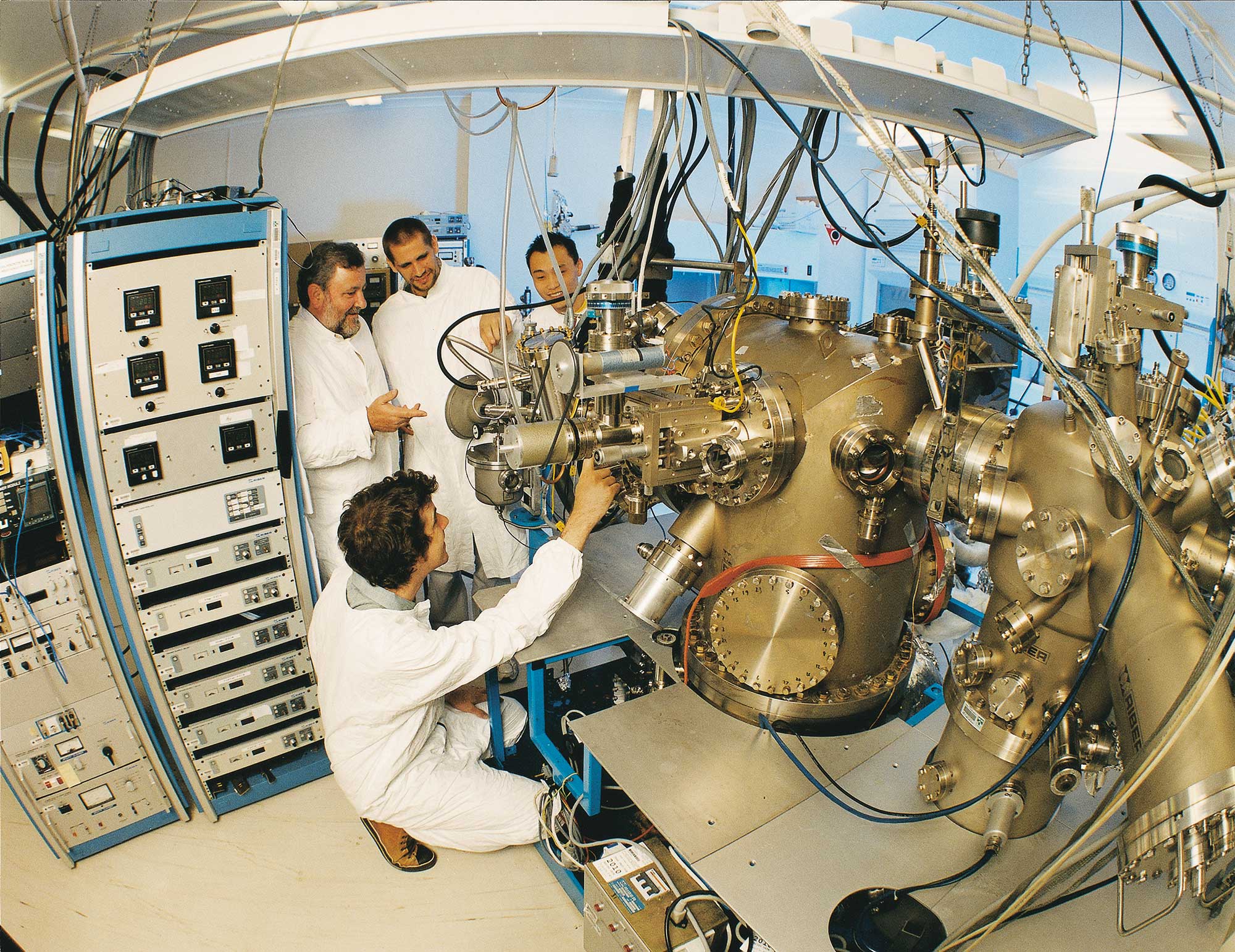
Silanisation
Silanisation
The alteration of the surface chemistry of a substrate using an organofunctional alkoxysilane to make a sample hydrophobic. The process works on mineral components such as glass and metal oxides as they have hydroxyl groups which attach to and displace the alkoxy groups on the silane forming a covalent O-Si bond.

List of available equipment
TOOL MAKE AND MODEL
KEY DIFFERENTIATOR
LOCATION
Yield Engineering Systems (YES) 310TA
HDMS oven
Griffith University
QLD Node
Description
A HMDS vapour is heated to 150°C in a vacuum chamber and modifies the surface of the substrate in a controlled and reproducible manner.
Related Information
Used to promote adhesion of photoresist to standard semiconductor substrates. Priming is effective for approximately 3 weeks.
Tool Contact
glenn.walker@griffith.edu.au
TOOL MAKE AND MODEL
KEY DIFFERENTIATOR
LOCATION
Yield Engineering Systems (YES) 310TA
HDMS oven
Griffith University
QLD Node
Description
A HMDS vapour is heated to 150°C in a vacuum chamber and modifies the surface of the substrate in a controlled and reproducible manner.
Related Information
Used to promote adhesion of photoresist to standard semiconductor substrates. Priming is effective for approximately 3 weeks.
Tool Contact
glenn.walker@griffith.edu.au
